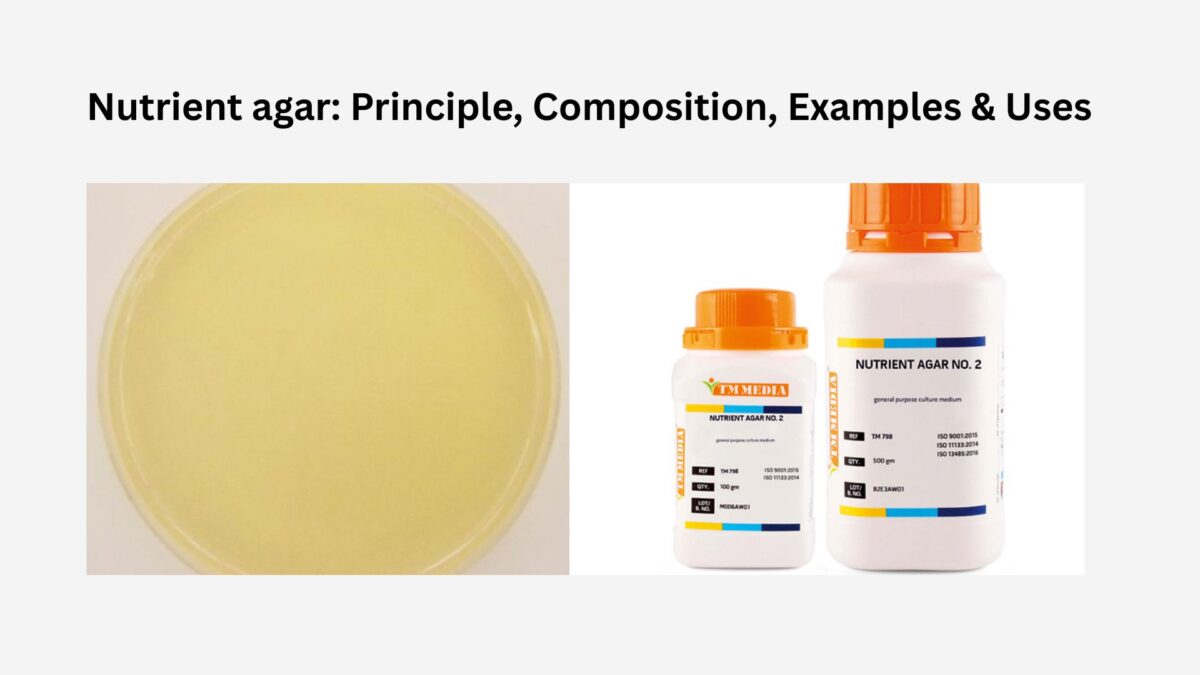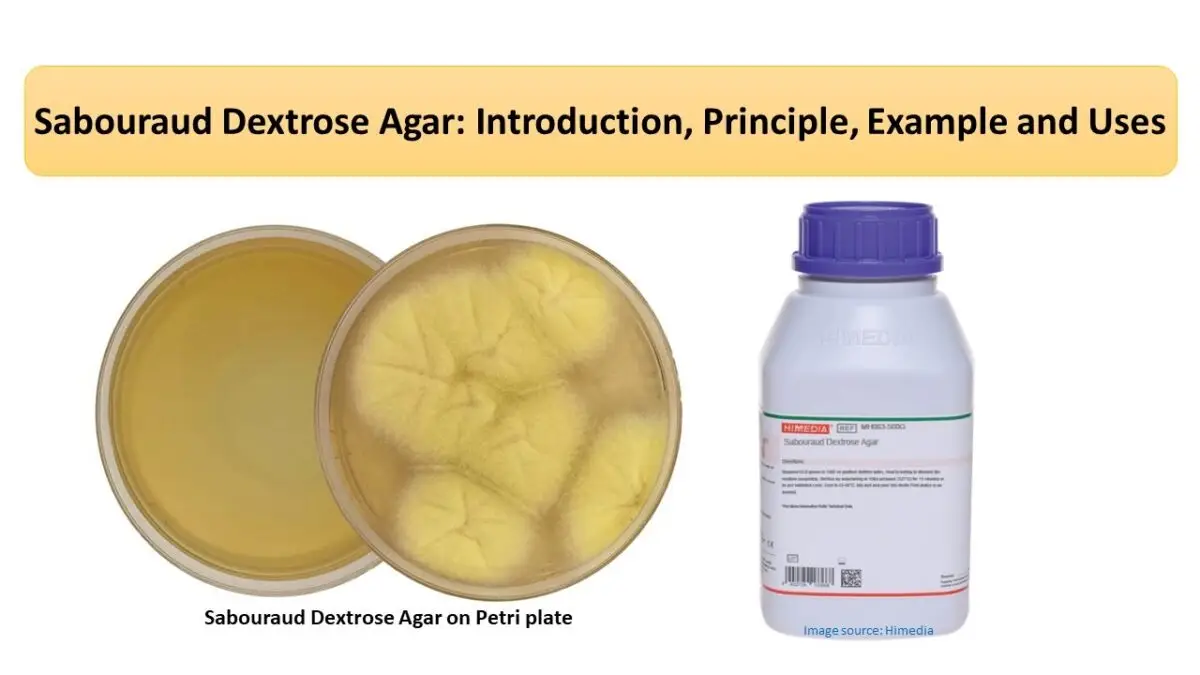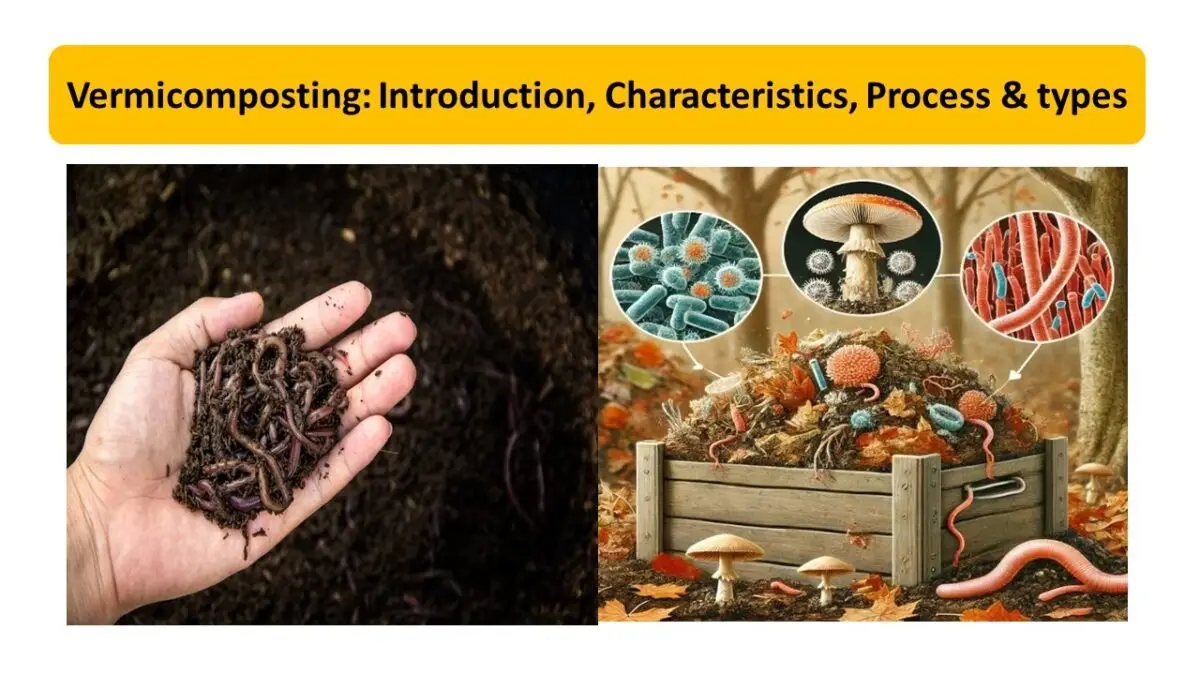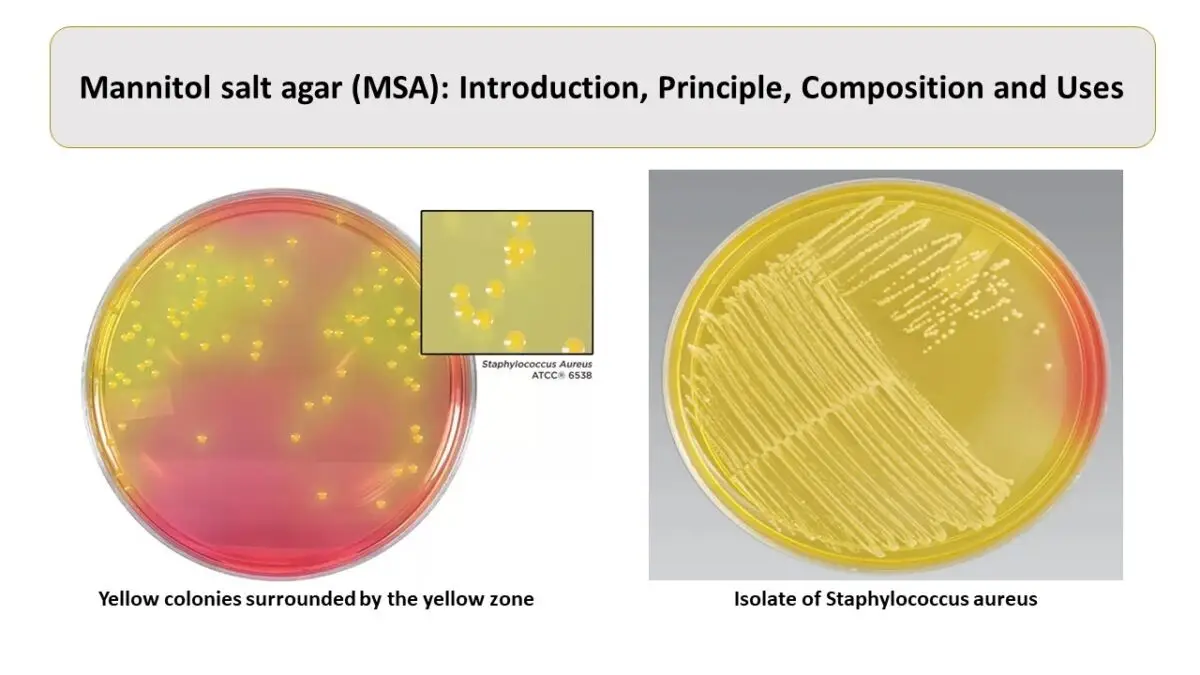What is potato dextrose agar ?
Potato dextrose agar the majority of mycologists use it as a general-purpose medium for yeasts and molds that they can recognize to some extent based on morphological characteristics, with culture pigmentation frequently playing an important role in culture identification. PDA aids in the cultivation and differentiation of pathogenic and non-pathogenic fungus. Researchers can use PDA to keep stock cultures of some dermatophytes. They can add some antibiotics or acids, such as chloramphenicol, tartaric acid, and chlortetracycline, as selective agents.
Principle of potato dextrose agar
Potato Dextrose Agar works on the principle of its composition, which produces a nutrient-rich and somewhat acidic environment that promotes fungal development while suppressing most bacterial growth.
Nutrient Components
The medium contains potato infusion, which is a source of complex carbohydrates (mostly starch), vitamins, and other elements that support fungal growth and sporulation.
Researchers add dextrose (glucose) as a simple, fermentable sugar that provides a readily available carbon and energy source to enhance fungal and yeast metabolic activities.
Solidifying Agent
Agar, a polysaccharide derived from red algae, is used to solidify the media, allowing for visible colony formation and morphological examination.
Selective pH
The medium’s low pH (5.6) acts as a selective factor by inhibiting the growth of many bacterial species while supporting the isolation and cultivation of molds and yeasts.
Applications
This selective but supportive environment makes PDA an ideal medium for:
- Cultivating, identifying, and counting fungi.
- Studying environmental, commercial, and plant pathogenic fungi.
- Observing characteristics such as colony morphology, pigment production, and sporulation.
potato dextrose agar Composition
| Components | Quantity | Function |
| Potato infusion | Equivalent to infusion from 200 g peeled potatoes | Provides starches, vitamins, and growth factors for fungal growth |
| Dextrose (Glucose) | 20 gm | Readily fermentable carbon and energy source |
| Agar | 15-20 gm | solidifying agent |
| Distilled water | 1000 ml | Solvent for all components |
Preparation of potato dextrose agar
- Suspend 39 grams of dried medium (obtained from commercial suppliers) in 1000 mL of distilled water.
- Heat to a boil to dissolve the medium entirely.
- Sterilize by autoclaving at 15 pounds pressure (121°C) for 15 minutes.
- To process the specimen, streak it onto the medium with a sterilized inoculating loop to produce isolated colonies.
- Incubate the plates at 25–30°C in an inverted position (agar side up) with high humidity.
- Cultures should be checked for fungal development on a weekly basis and held for 4–6 weeks before being reported as negative.
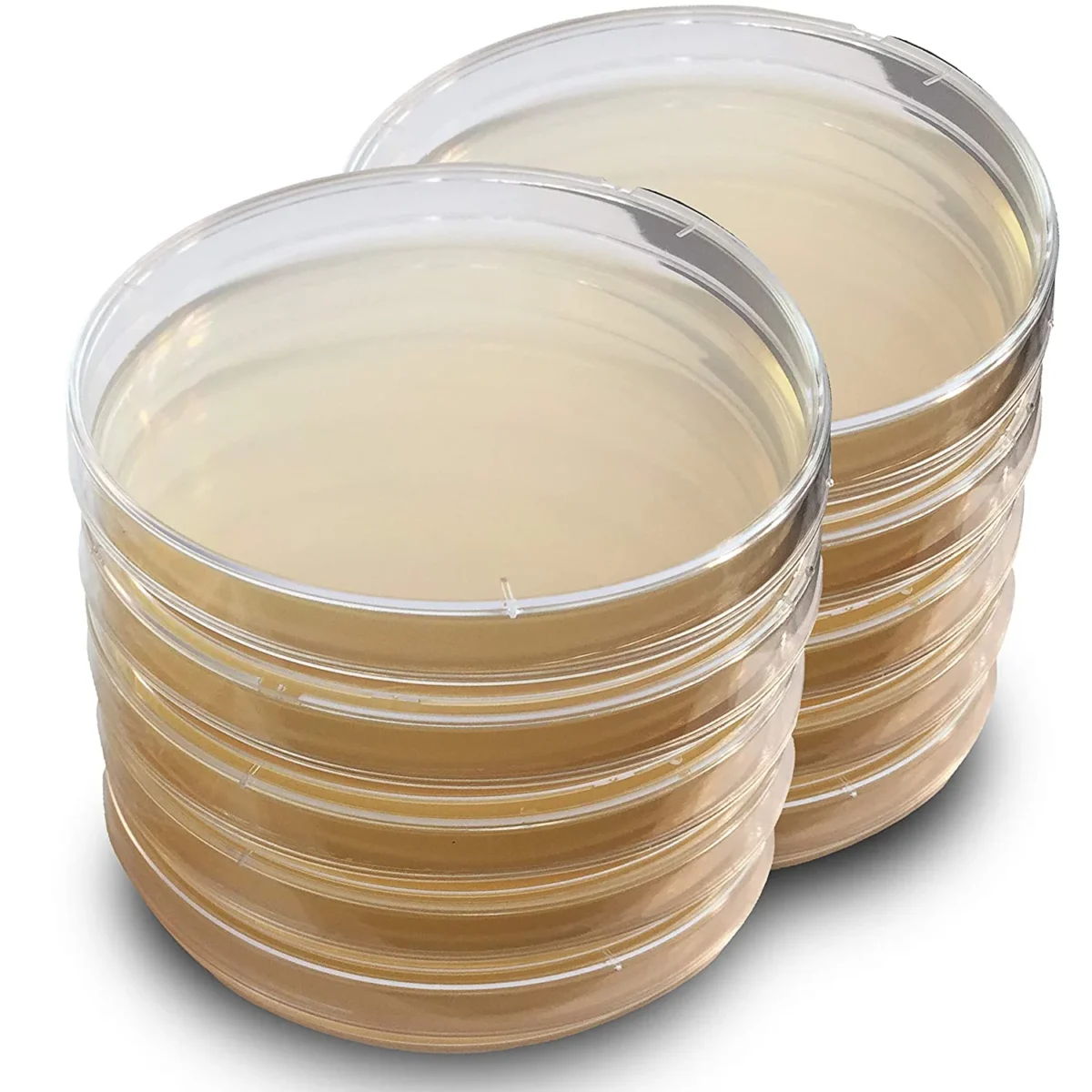
Examples of microoraganisms
| Fungus | Type | Colony Appearance |
| Aspergillus niger | Mold | Black, powdery colonies with white edges |
| Penicillium chrysogenum | Mold | Green |
| Fusarium oxysporum | Mold | Cottony white to pink or purple colonies |
| Rhizopus stolonifer | Mold | Rapidly growing, fluffy white colonies turning black |
| Trichoderma harzianum | Mold | Dense green colonies with concentric rings |
| Saccharomyces cerevisiae | Yeast | Creamy, smooth, convex colonies |
| Candida albicans | Yeast | Creamy, opaque, soft colonies |
| Alternaria alternate | Mold | Dark brown to black colonies with a velvety surface |
| Mucor spp. | Mold | Woolly |
Uses of potato dextrose agar
- It is used to identify yeasts and molds in milk products and prepared foods.
- It can also be used to culture yeasts and fungi from clinical samples.
- PDA containing chloramphenicol is suitable for the selective culture of fungus from mixed samples.
- It is used in plant pathology to culture phytopathogenic fungi.
- It assists in the investigation of fungal shape, color, and sporulation.
- It is used to count fungal colonies in air, soil, and water samples.
- Serves as a quality control medium in pharmaceutical microbiology.
- Used in biological control research to cultivate helpful fungus such as Trichoderma.
- Serves as a basic medium for antifungal susceptibility testing.
Precautions
- To avoid contamination, sterilize all equipment and media using an autoclave. Adjust and keep the pH at 5. 6 to support fungal development.
- Use distilled or deionized water to make the medium
- Use aseptic procedures during media preparation and inoculation.
- Avoid overheating to avoid nutrient loss.
- Add antibiotics to prevent bacterial contamination if necessary after cooling.
- Store pre-prepared dishes at 2–8°C and use within 1-2 weeks.
- Clearly label plates with the organism name, date, and medium type.
- Allow plates to harden and dry somewhat before inoculation.
- Before discarding plates, autoclave them in accordance with biosafety procedures.
Reference and Sources
- https://microbeonline.com/potato-dextrose-agar-pda-principle-composition-colonycharacteristics/#:~:
text=Heat to boiling to dissolve the medium completely.,should be acidified
with sterile 10% tartaric acid. - microbeonline.com/potato-dextrose-agar-pda-principle-composition-colony-char
Also Read
- Enzymes used in cheese and plant juice production
- Nutrient agar: Principle, Composition, Examples & Uses
- Penicillin: History, Structure, Production and Recovery
- Fungal Disease
- Microbiology Disciplines: Bacteria, Viruses, Fungi, Archaea and Protists
- Sabouraud Dextrose Agar: Introduction, Principle, Example & Uses
- Techniques for Identifying Mutants

